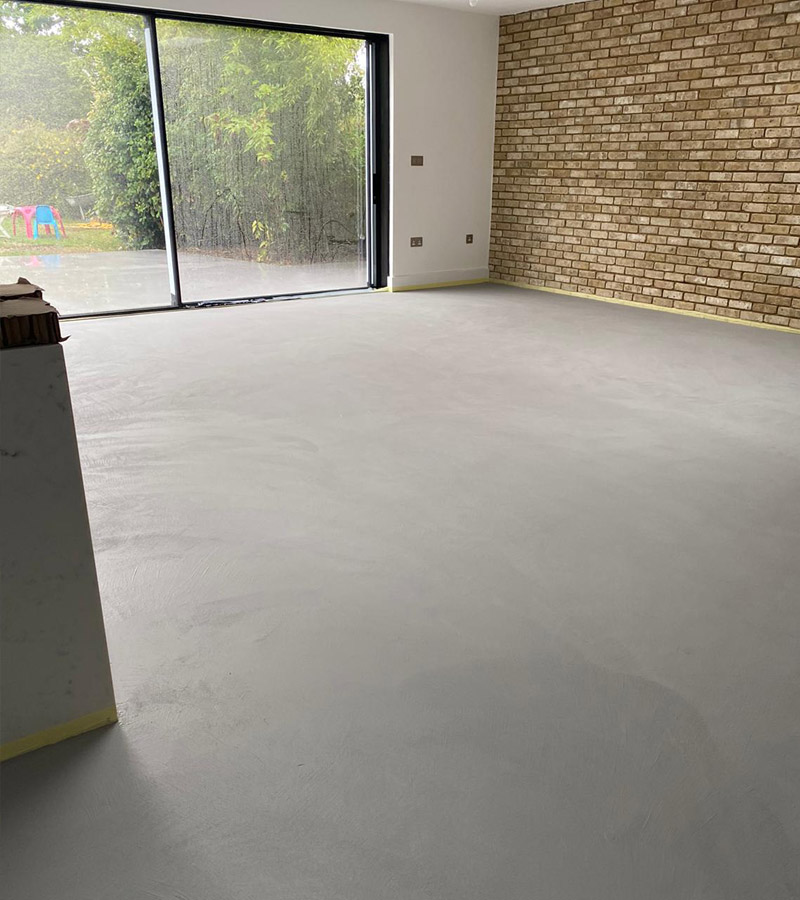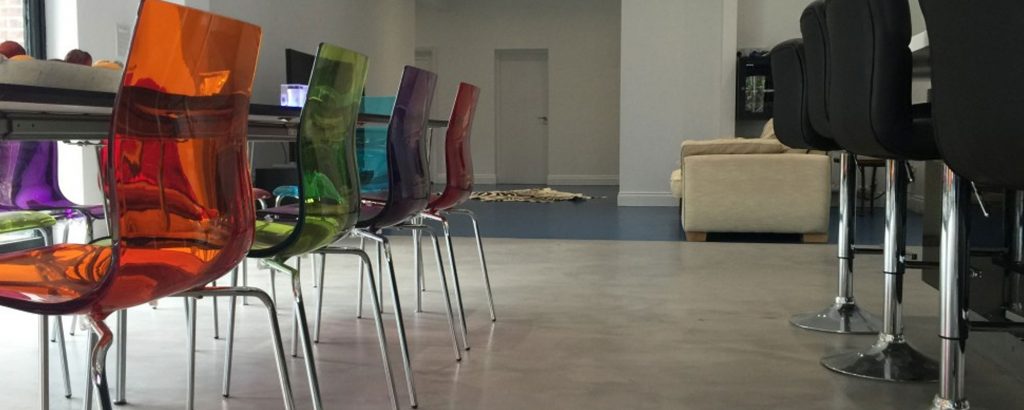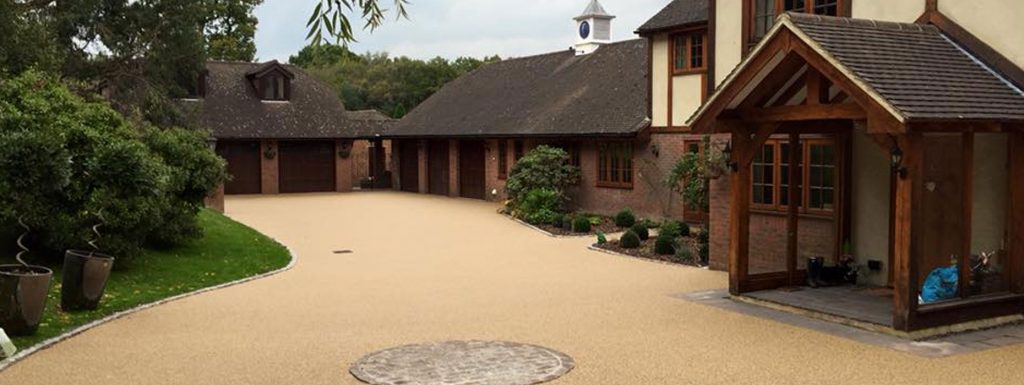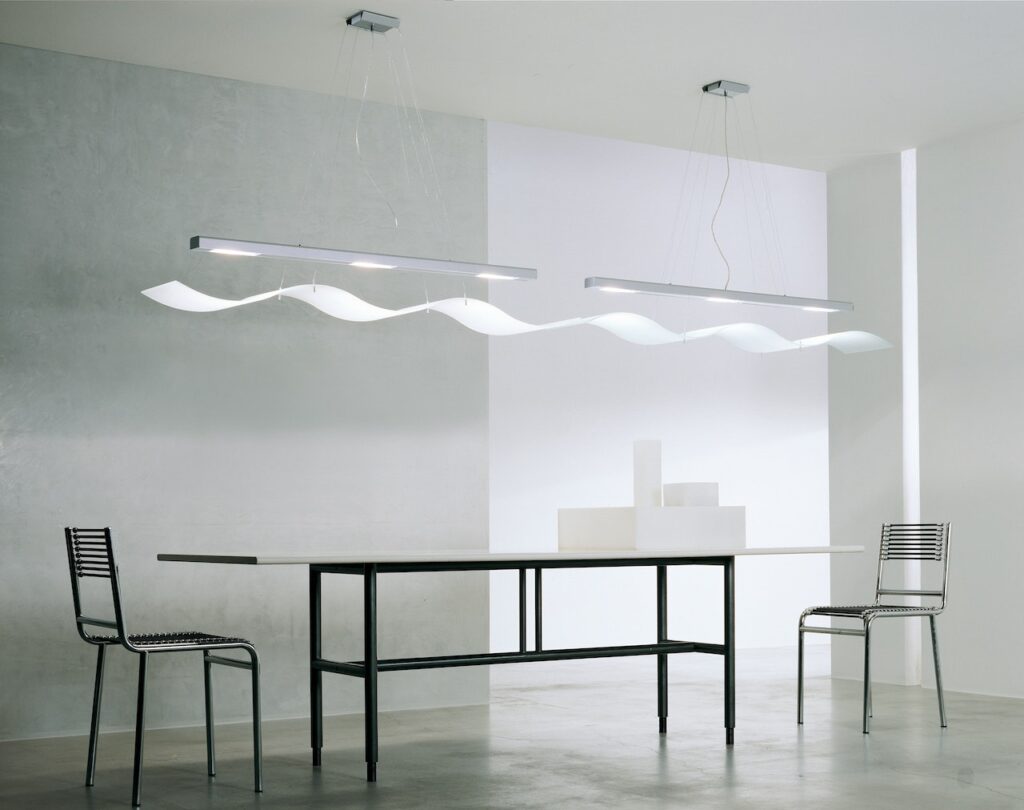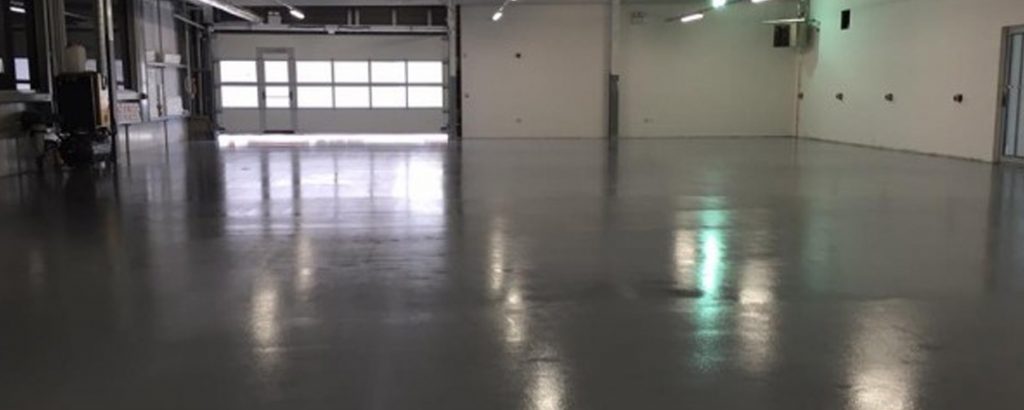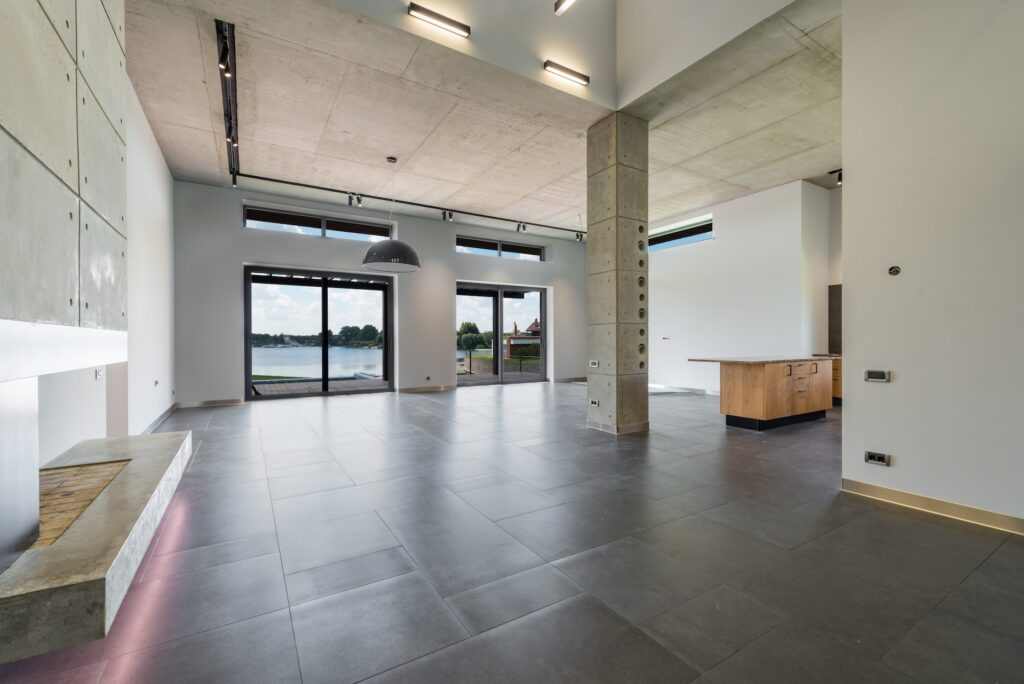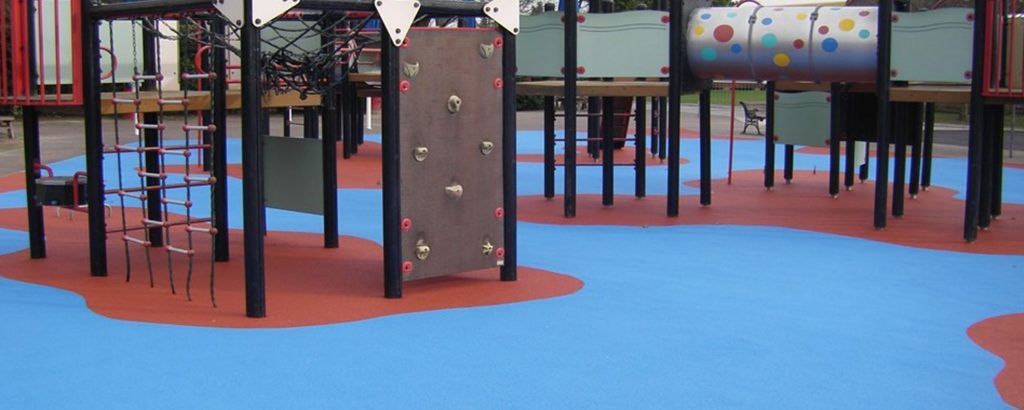For years, living room flooring has been limited to carpet, floorboards or laminate flooring, but there are several fantastic alternatives, ideally suited to busy families and households.
One of the biggest bugbears with living room floors is that they aren’t designed for high traffic and often require replacing in a seemingly very short timeframe.
Carpets can be cosy but don’t stand up well to pets and children, so if you’re looking for a modern, versatile and entirely bespoke living room floor, let’s look at some ideas!
Considerations When Selecting a Living Room Floor
Living rooms are one of the most-used spaces in our homes. When choosing the right flooring for your lounge, you should consider:
- Budget: how large is the space, how much are you happy to spend, and how long will you expect your floor to remain pristine for your budget?
- Maintenance: do you have a large, busy family, a shared home, pets or younger children that mean a low-maintenance floor is preferable?
- Usage: is your living room mainly used to spend time together, or do you have a dining space, home office desk or any other areas in your lounge that affect your requirements?
It’s also important to consider the look you prefer – you want your living room flooring to be the right texture and colour to match your aesthetic, furniture and decor scheme.
For example, a pale, cream carpet can look fresh and bright with a neutral palette but can be difficult to keep clean and quickly accumulate dirt, dust and signs of wear and tear.
Laminate flooring is another popular option but is not resistant to water. If your family eats in the lounge or there are any spillage risks, you’ll often find that the floor warps and lifts.
Living Room Flooring Options
As materials and flooring technologies develop, there are many new and innovative ways to remodel your living room floor.
Let’s look at some less conventional alternatives that make a real style statement.
Vinyl for Living Rooms
Vinyl has long been common in bathrooms and kitchens, but vinyl tiles can be a low-cost choice for a living room, especially if you want to lay your flooring yourself.
The advantages are that vinyl is practical, slightly cushioned, and easy to maintain – although it’s not always the sturdiest floor and usually needs to be replaced every few years.
You can purchase vinyl living room flooring in almost any colour or design, including vinyl that replicates the look of hardwood flooring, so there are many finishes available without a premium price.
Polished Concrete Flooring
Polished concrete has a glass-like finish that is striking in modern conversions and has a range of practical benefits; it is fairly easy to maintain and will last for years.
The drawback is that it can be very expensive to lay and needs specialist cleaning products.
Normal floor cleaners aren’t suitable since the fine surface layer can allow substances to build up, eroding the shine and gradually impairing the stability of the surface.
It’s well worth considering underfloor heating if you go for concrete – the hard, cold surface doesn’t retain heat well, so it can become chilly.
Concrete must also be finished and sealed by a qualified professional since the material is vulnerable to moisture.
If any liquid or dampness gets into the porous concrete, it can create mildew growth within the floor which can be very expensive to rectify – the concrete typically needs to be drilled out and repoured.
Resin Living Room Floors
Resin is a living flooring material that offers a considerable range of plus points, whether you’d like a zero-maintenance, highly functional floor or a softer and safer floor surface suitable for children and pets.
A PU Comfort Floor is perhaps the best suited to living rooms. It acts as a liquid vinyl, although with incredible durability and resistance to impacts, heat, damage, moisture and staining.
This resin flooring is slightly cushioned, so it’s very comfortable to walk on and works well with underfloor heating.
Microcement is another excellent flooring material and looks very similar to polished concrete at a more affordable price point with a huge range of colours and finishes. (Read more about microcement flooring here.
If you’d like more inspiration about advanced resin floors for residential homes, you can view our gallery and learn more at the Flexflooring Living Area Flooring page.
How to Choose the Right Flooring for Your Living Room
There are numerous options for fitting a living room floor, and the right choice for you needs to be compatible with your property, family, and style.
While resin flooring might not be as obvious a prospect as carpet, there are several compelling benefits that make it a high-end option that will stand the test of time:
- Limitless design flexibility: from a pure white epoxy floor to a high-gloss microcement, matte or metallic resin flooring is versatile and customised to your aesthetic.
- Value for money: a seamless poured resin floor will last for years and provides excellent value in terms of maintenance, appearance, and durability.
- Practicalities: resin and epoxy floors are hypoallergenic and far better suited to families with allergies or dust sensitivities. The surface is also entirely resistant to dirt and stains, so ideal for busy homes or living rooms in constant use.
- Energy-efficiency: poured floors work well with underfloor heating but are also a good choice for energy conservation. Resin adopts the ambient temperature in the room, which means it stays cool in the summer and warmer in the winter.
- Maintenance: once a resin floor has cured, it requires little to no maintenance. The surface cannot move, or shift, is resistant to all liquids, and can be treated with an anti-slip coating, ensuring it does not become slippery even during high humidity.
It’s possible to lay a functional living room floor that will last for decades and soften the surface with a thick rug or bright runner, blending the best in efficient, durable flooring with comfort and style.
For more information about alternative living room flooring options, please contact the Flexflooring team, who will be happy to advise on suitable solutions for your home.
